Growing fresh, juicy tomatoes at home is easy and affordable using plastic buckets. But is it safe to grow tomatoes in plastic buckets? Here’s how to ensure your tomatoes thrive safely and deliciously.
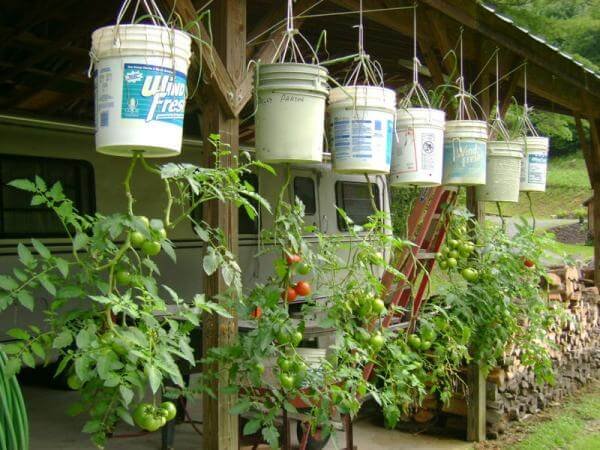
Materials You’ll Need
- Food-grade plastic bucket
- Drill for drainage holes
- Potting soil (high-quality, organic preferred)
- Fertilizer (organic, balanced, such as 4-4-4)
- Tomato plants (determinate varieties recommended)
- Optional: Gravel, mulch, UV-resistant shade cloth
Understanding Plastic Types for Safe Gardening
What Plastic Buckets Are Safe for Gardening?
Plastic buckets used for planting should be made of safe materials, such as HDPE (#2) or PP (#5), which are commonly used in food-grade containers due to their excellent chemical stability and heat resistance. Selecting food-grade plastic buckets is essential for safe planting.
Check the triangular recycling symbol on the bottom of the bucket to ensure it is marked #2 or #5 for optimal safety.
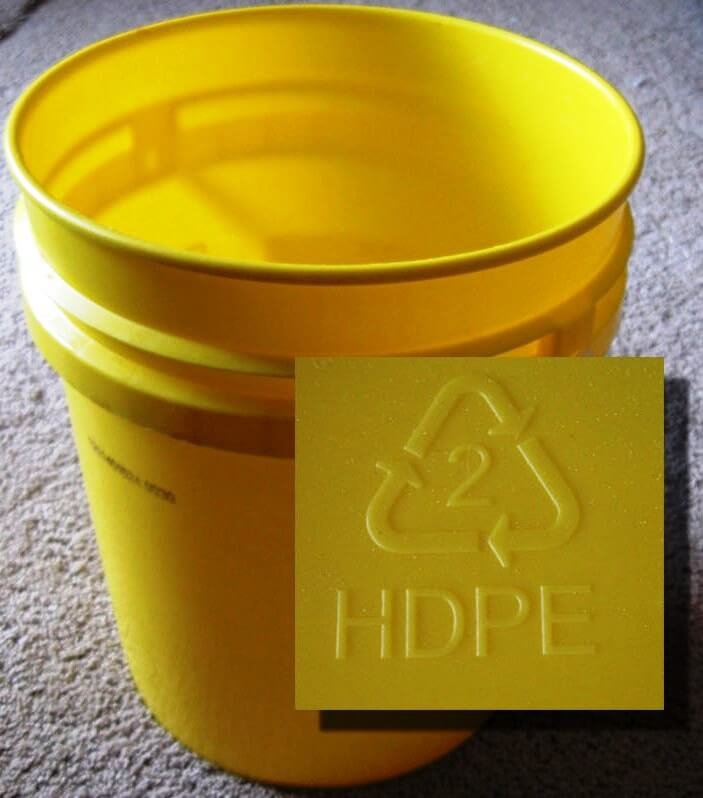
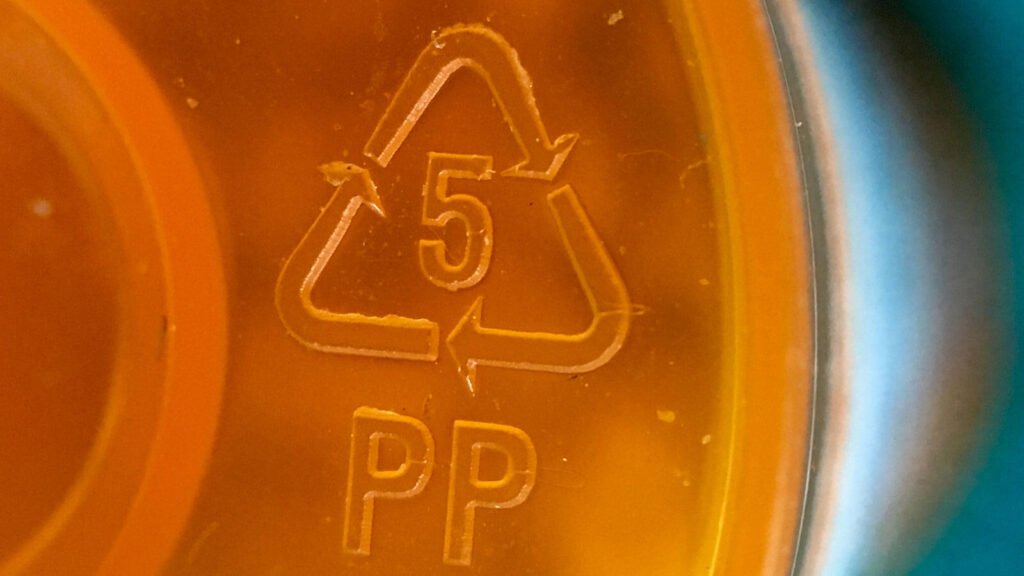
Potential Risks of Using Plastic Containers
- Risk of Chemical Leaching
Under conditions like high temperatures, UV radiation, or changes in soil pH, low-quality or non-food-grade plastics may release harmful chemicals, such as bisphenol A or phthalates, into the soil. These can potentially be absorbed by plants. Studies indicate this risk is primarily associated with non-food-grade buckets or those made from low-quality recycled materials.
- Advantages of Food-Grade Plastics
Food-grade plastic buckets, such as those made from HDPE (#2) or PP (#5), meet strict safety standards, ensuring clean, residue-free surfaces safe for soil and plant contact. Their safety can be verified through packaging labels or manufacturer certifications.
- Risks of Non-Food-Grade Plastics
Non-food-grade buckets previously used to store substances like paint or industrial solvents may retain harmful residues, even after cleaning, making them unsuitable for growing edible plants. If using such buckets is unavoidable, clean them thoroughly and consider adding a protective liner to minimize risks.
Guidelines for Cleaning Plastic Buckets of Chemical Residue
- Impact of the Outdoor Environment
Prolonged exposure to sunlight can cause plastic buckets to degrade and become brittle, shortening their lifespan. Choose buckets with UV-resistant properties or provide shade to protect them.
Benefits of Growing Tomatoes in Plastic Buckets
- Low cost, easy to obtain, suitable for home use
- Lightweight, easy to carry
- Reusable, supports sustainable planting
- Can be drilled for drainage, with high flexibility
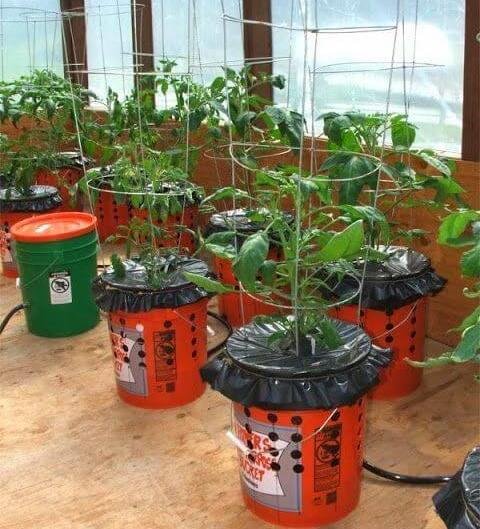
Step-by-Step Guide: Growing Tomatoes in Plastic Buckets
1. Choose the Right Bucket
Select new, food-grade HDPE (#2) or PP (#5) buckets. Avoid buckets previously used for chemicals unless thoroughly cleaned to ensure no harmful residues remain.
2. Prepare the Bucket Before Use
- Clean thoroughly with warm water and mild detergent to remove potential contaminants.
- Drill holes in the bottom for drainage to prevent water buildup and root rot.
- Add a base layer of materials like small stones or coconut coir to enhance drainage and aeration.

3. Planting Your Tomatoes
- Fill bucket with organic potting soil to ¾ capacity.
- Place the plant deep enough to cover the lower stem (promotes strong roots).
- Firm soil gently around the plant stem.
4. Proper Watering and Fertilizing
- Water daily to keep the soil moist but not waterlogged.
- Use organic fertilizers bi-weekly.
- Add small amounts of Epsom salt to prevent blossom-end rot.
5. Proper Watering and Fertilizing
- Water daily to keep the soil moist but not waterlogged.
- Use organic fertilizers bi-weekly.
- Add small amounts of Epsom salt to prevent blossom-end rot.
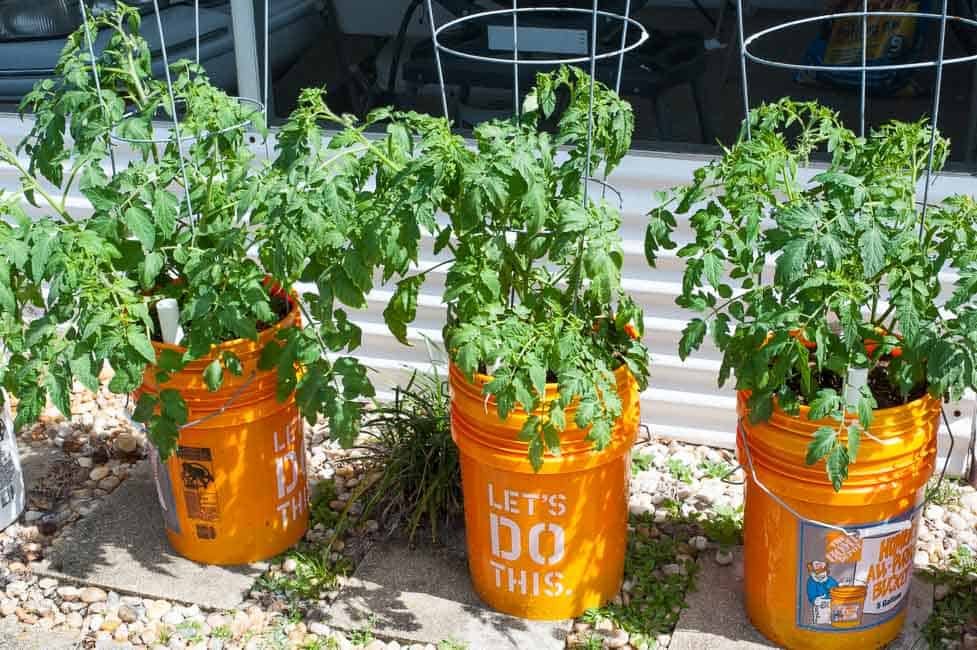
Tips for Planting Tomatoes in Plastic Buckets
- Use high-quality, organic potting soil designed for vegetables, preferably with good drainage.
- Water consistently to keep the soil moist, but avoid overwatering to prevent waterlogging.
- Plant one tomato seedling per bucket to prevent root competition.
- Install support stakes and prune side branches as needed to promote healthy growth.
- Use slow-release or water-soluble fertilizer to provide consistent nutrients.
Environmental Considerations
Using recyclable/biodegradable buckets for growing tomatoes supports sustainable living. After use, clean the buckets promptly, store them properly, or recycle them to minimize plastic waste and promote environmental sustainability.
FAQ
- Can I use recycled buckets?
Only if they’re food-grade and thoroughly cleaned. Avoid buckets previously used for chemicals. - How many tomato plants per bucket?
One tomato plant per 5-gallon bucket is ideal. - How often should I water tomato plants in buckets?
Typically, daily or every other day, ensuring consistent moisture without waterlogging. - Can I reuse potting soil from buckets?
Yes, but add fresh compost or fertilizer annually.
Conclusion
Growing tomatoes in plastic buckets is not only safe and practical, but also an excellent way to produce healthy, delicious tomatoes at home. Follow these simple, actionable steps and enjoy fresh homegrown tomatoes right from your balcony or garden!

